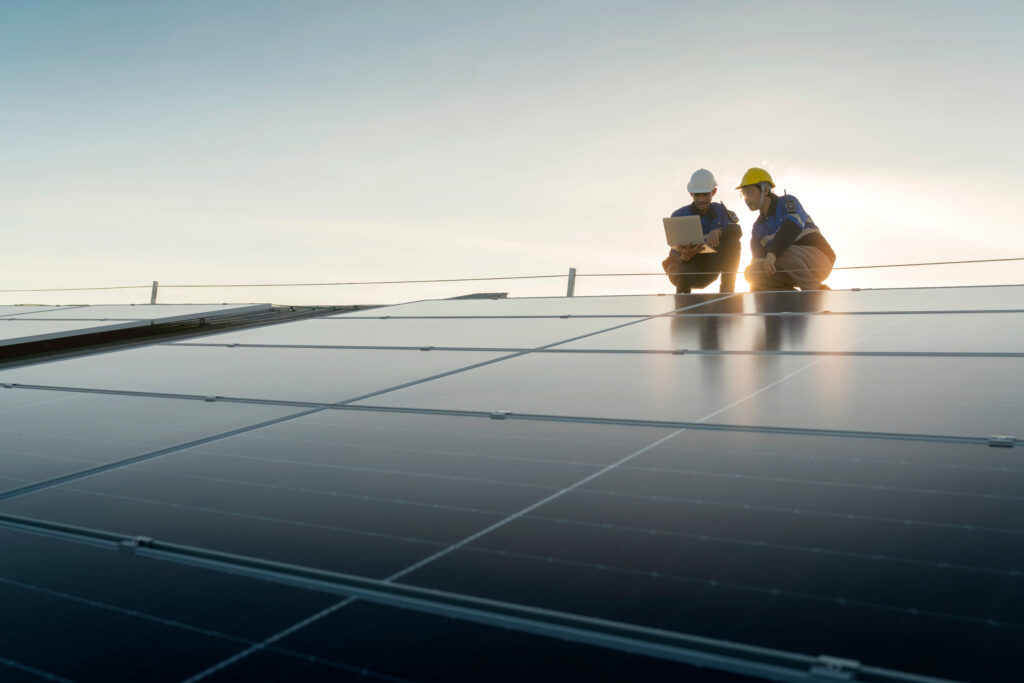PV (Photovoltaic) Surge Protection
Read More: https://www.raycap.com/photovoltaic-surge-protection/
Most in the solar power industry recognize PV surge protection systems as one of the most effective methods to increase profitability for solar power plant operators. This is accomplished in two forms, both associated with the same surge protective devices installed within the systems.
First, inclement weather and the environmental factors that impact exposed equipment in the field are a significant risk of loss, with lightning strikes to solar panels creating damage in the form of destroyed equipment that has been struck and damage to equipment directly connected to that panel.
That equipment is damaged as a result of the subsequent power surge. The surge of electricity created by the lightning strike moves through the interconnected components from the strike point to a termination point, usually at the earth. This overwhelming electricity will damage sensitive computerized equipment at the circuit level, creating damaged components that all need to be repaired or replaced for full functionality.
While the damage to equipment within PV systems may seem like the most significant loss of profitability, it is not. Instead, the more considerable losses come in the form of downtime when photovoltaic systems are not producing power even though the free energy source of the sun is available.
Improvement to the systems includes longer uptimes when the sun critical to maintaining profitability, as there is no ongoing fuel cost like in other systems. Instead, the PV system can produce power as long as the sun shines and the system is online. When these components are taken offline due to lightning strikes or the need for repairs, they are not producing power at their full capacity, ultimately impacting the company directly by producing less electricity to sell.
The solution to this issue is the installation of surge protective devices within inverter locations, string boxes, and along the pathways that a power surge can travel. These are the only effective means of avoiding the damage itself and keeping the systems producing during opportune times. Many manufacturers of inverters must be integrating surge protective devices directly into the builds, creating a superior inverter that will withstand the natural occurrences of lightning strikes far more than previous generations of the same equipment.
The maximum protection levels can be achieved when used in combination with surge protective devices at junction boxes within the facility. This ensures the continued functionality of the PV systems where they are installed to the most significant degree technologically possible at this time. Through these integrations, we find that solar power is quickly becoming more of a potential energy leader than ever before imagined, proving its ability to create cleaner power and less expensive and more reliable reserves that can serve the needs of large regions.

